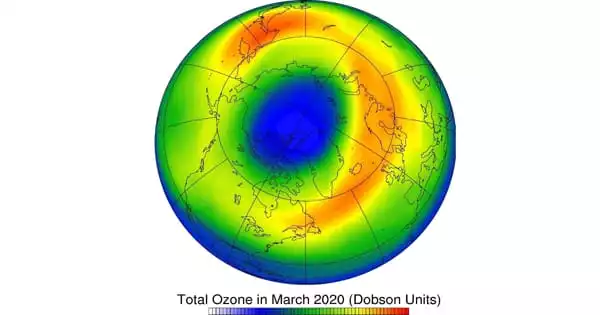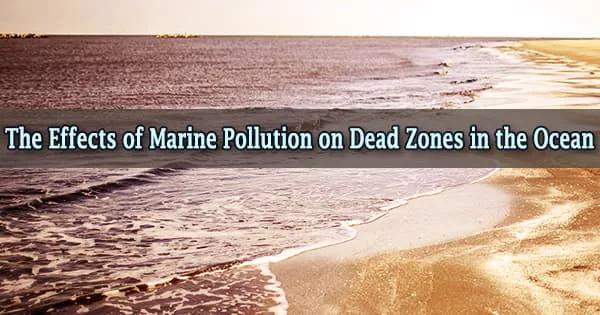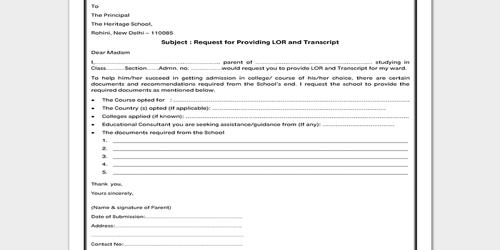A food chain is a hierarchical series of creatures in an ecosystem that rely on one another for nourishment. It is a food web link network that begins with producer organisms (such as grass or algae that produce their own food through photosynthesis) and ends with an apex predator species (such as grizzly bears or killer whales), detritivores (such as earthworms or woodlice), or decomposer species (such as fungi or bacteria). It depicts the movement of energy and nutrients through many levels of a biological community.
A food chain also demonstrates how organisms are tied to one another by the food they consume. Each trophic level is represented by a distinct level of a food chain. A food chain varies from a food web in that the complex network of feeding relationships between different species is aggregated, and the chain only follows a direct, linear course of one animal at a time. A food web is formed by natural links between food chains.
The basic structure of a food chain includes producers, consumers, and decomposers.
- Producers (Autotrophs): These are organisms that can produce their own food through photosynthesis or chemosynthesis. Plants, algae, and some bacteria are examples of producers. They convert sunlight into energy and serve as the foundation of the food chain.
- Primary Consumers (Herbivores): These are organisms that consume producers for energy. Herbivores are animals that eat plants or algae. Examples include rabbits, deer, and grasshoppers.
- Secondary Consumers (Carnivores and Omnivores): These are organisms that consume primary consumers. Carnivores feed on other animals, while omnivores eat both plants and animals. Examples of secondary consumers include lions, wolves, and humans.
- Tertiary Consumers (Carnivores): These are species that eat other organisms. They frequently occupy the apex of the food chain. Top predators such as eagles, sharks, and giant cats are examples.
- Decomposers (Detritivores): Decomposers decompose dead plants and animals, as well as waste materials, and recycle nutrients back into the ecosystem. Fungi and bacteria are examples.
A food chain is a simplified linear representation of the movement of energy and nutrients that demonstrates the interdependence of many creatures within an ecosystem. Ecosystems are more complicated in reality, and food webs, which illustrate several interwoven food chains, provide a more accurate portrayal of the interactions between different species in a community.
















